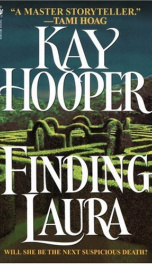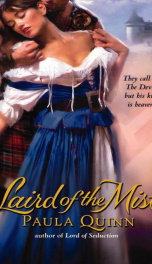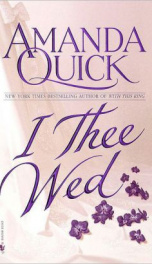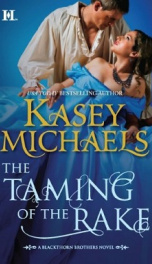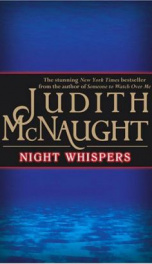Prince Mary
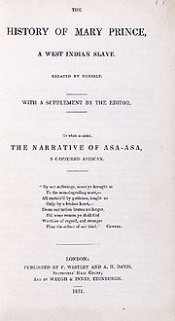
Mary Prince (1788) was a Bermudian woman, born into slavery in Brackish Pond, which is now known as Devonshire Marsh, in Devonshire Parish, Bermuda. The published story of her slavery was the first account of the life of a black woman to be published in England and the book had a galvanizing effect on the anti-slavery movement. She got married to Daniel prince (another slave she met) in 1826 when she was 37. Her parents were both slaves: her father was a sawyer owned by David Trimmingham, and her mother a house-servant of Charles Myners. When Myners died in 1788, Prince and her mother were sold as household servants to Captain Darrell, who gave Prince to his granddaughter, Betsey Williams. When she was 12, Prince was sold for £38 sterling [1] (2009: £1,980) to Captain John Ingham, of Spanish Point, but never took easily to the indignities of her enslavement and she was often flogged. As a punishment, Prince was sold to another Bermudian, probably Robert Darrell, who sent her in 1806 to Grand Turks, which Bermudians had used seasonally for a century for the extraction of salt from the ocean. Salt was a pillar of the Bermudian economy, but could not easily be produced in Bermuda, where the only natural resource were the Bermuda cedars used for building ships. The industry was a cruel one, however, with the salt-rakers forced to endure exposure not only to the sun and heat, but also to the salt in the pans, which ate away at their uncovered legs. Mary returned to Bermuda in 1810, but was sold to John Wood in 1818, and sent to Antigua to be a domestic slave. She joined the Moravian Church and, in December 1826, she married Daniel James, a former slave who had bought his freedom and worked as a carpenter and cooper. For this impudence, she was severely beaten by her master. In 1828, Wood took her as a servant to London. Although slavery was illegal in Britain, she had no means to support herself, and could not have returned to her husband without being re-enslaved. She remained with Wood until they threw her out. She took shelter with the Moravian church in Hatton Garden. Within a few weeks, she had taken employment with Thomas Pringle, an abolitionist writer, and Secretary to the Anti-Slavery Society. Prince arranged for her narrative to be copied down by Susanna Strickland and it was published in 1831 as the The History of Mary Prince, the first account of the life of a black woman to be published in England. The book had a galvanizing effect on the anti-slavery movement. Scandalised by its account, John Wood sued the publishers for libel, but his case failed. Subsequent attempts were made to tarnish Mary Prince's reputation, particularly by James MacQueen and James Curtin, both supporters of slavery. In turn, she and her publisher sued for libel, which suit they won. History · Antiquity · Aztec · Ancient Greece · Rome · Medieval Europe · Thrall · Kholop · Serfdom · Spanish New World colonies The Bible · Judaism · Christianity · Islam Africa · Atlantic · Arab · Coastwise · Angola · Britain and Ireland · British Virgin Islands · Brazil · Canada · India · Iran · Japan · Libya · Mauritania · Romania · Sudan · Swedish · United States Modern Africa · Debt bondage · Penal labour · Sexual slavery · Unfree labour Timeline · Abolitionism · Compensated emancipation · Opponents of slavery · Slave rebellion · Slave narrative Prince remained in England until about 1833. google.com
do you like this author?
What readers are saying
What do you think? Write your own comment on this book!
write a commentWhat readers are saying
What do you think? Write your own comment on this author!
write a commentBook list

The History of Mary PrinceA West Indian Slave
Series:
Unknown
Year:
Unknown
Raiting:
4.5/5
Show more
add to favoritesadd In favorites
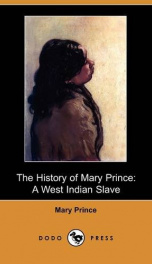
The History of Mary Prince
Series:
Unknown
Year:
Unknown
Raiting:
4.5/5
Mary Prince was a Bermudian woman born into slavery in Brackish Pond. When she was 12, she was sold to Captain John Ingham. After several times being sold and bought she finally married Daniel James, a former slave who had bought his freedom and worked as a carpenter and cooper. This book describes in details the reality of the slave experience: the dehumanization of Black people, the moral degradation of their masters, and the ever-present violence. Prince's story is also an important early defense of the humanity of people of African descent. She notes that slave masters "think that black people are like cattle, without natural affection. But my heart tells me it is far otherwise". Prince tells about her labor in the salt ponds of Turk's Island, her conflict with a hired mulatto woman, her spiritual life in the Moravian Church, and many other topics. And finally celebrates the desire and hope for freedom: "All slaves want to be free".
Show more
add to favoritesadd In favorites
Book list

The History of Mary PrinceA West Indian Slave
Series:
Unknown
Year:
Unknown
Raiting:
4.5/5
Show more
add to favoritesadd In favorites

The History of Mary Prince
Series:
Unknown
Year:
Unknown
Raiting:
4.5/5
Mary Prince was a Bermudian woman born into slavery in Brackish Pond. When she was 12, she was sold to Captain John Ingham. After several times being sold and bought she finally married Daniel James, a former slave who had bought his freedom and worked as a carpenter and cooper. This book describes in details the reality of the slave experience: the dehumanization of Black people, the moral degradation of their masters, and the ever-present violence. Prince's story is also an important early defense of the humanity of people of African descent. She notes that slave masters "think that black people are like cattle, without natural affection. But my heart tells me it is far otherwise". Prince tells about her labor in the salt ponds of Turk's Island, her conflict with a hired mulatto woman, her spiritual life in the Moravian Church, and many other topics. And finally celebrates the desire and hope for freedom: "All slaves want to be free".
Show more
add to favoritesadd In favorites
What readers are saying
What do you think? Write your own comment on this author!
write a commentif you like Prince Mary try:
readers also enjoyed
What readers are saying
What do you think? Write your own comment on this author!
write a commentGenre
if you like Prince Mary try:
readers also enjoyed
Do you want to exchange books? It’s EASY!
Get registered and find other users who want to give their favourite books to good hands!

